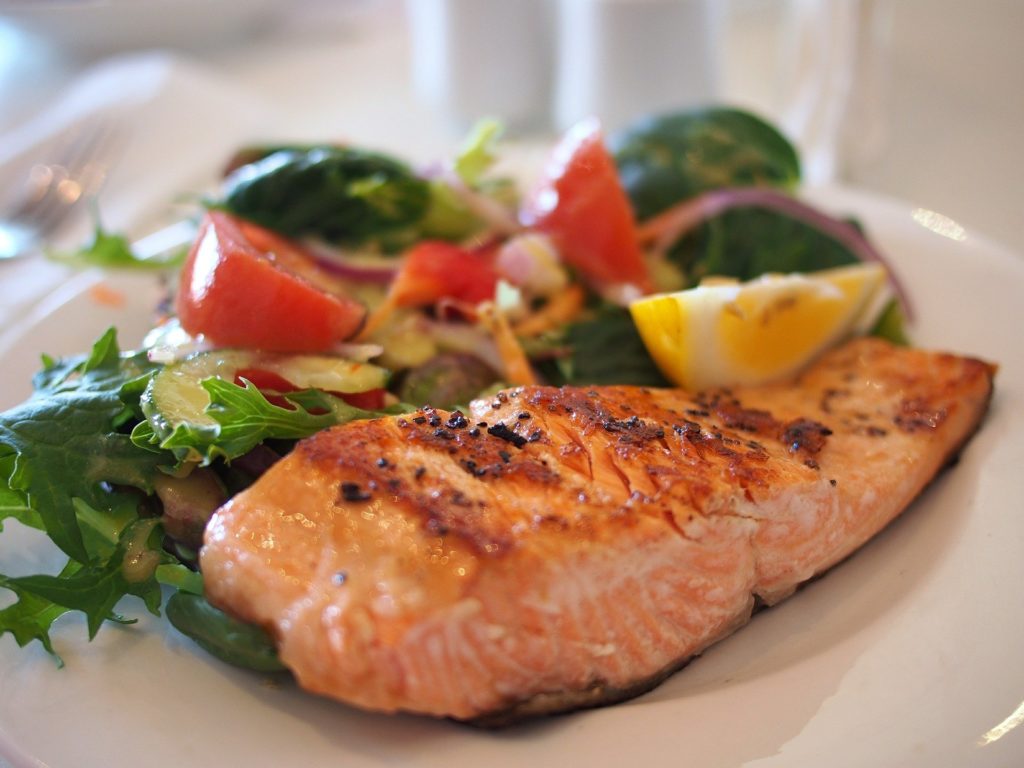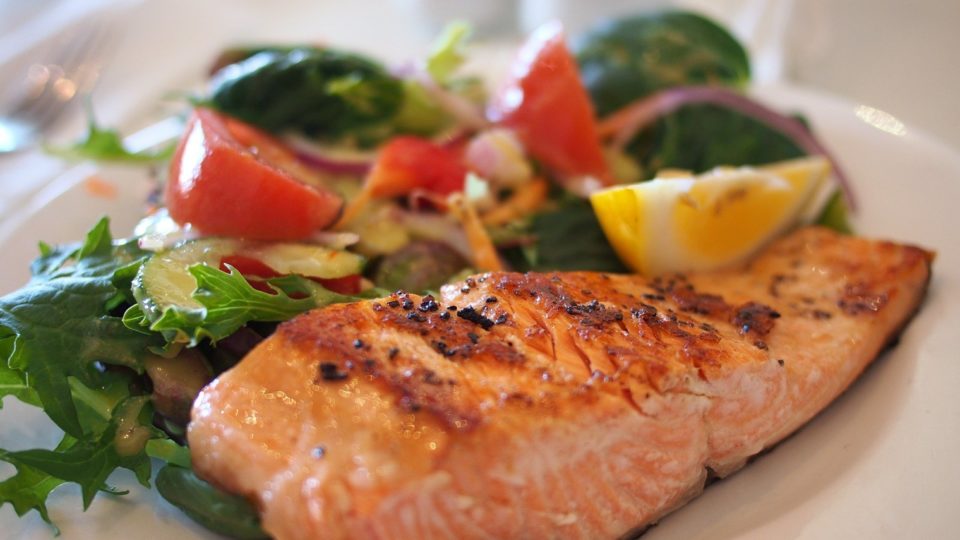Meal Planning & Prepping Metabolic Living Style
Most every coach will agree that meal planning and prep are valuable tools to have in one’s toolbox as a way to save time, money, and energy as part of your busy week. Keeping your HEC in check through the incorporation of high fiber, high protein meals is best accomplished through planning and prepping ahead of time.
Having a sustainable process for meal planning really boils down to having an effective strategy meal prepping. Over time you may find a sustainable process that works for you, but meal prepping and planning is not just about what you’re cooking in the kitchen on any given day of the week. Deciding on the foods and meals work best for you (and your family) according to your psychology and preferences may take some time, but in the long-run you’ll eliminate decision fatigue when it is time to sit down to a healthy meal.
To help you get started, let’s break the process down into 6 steps to help you create a customizable meal plan you can actually stick to.
1. Determine your goal: Committing to a meal plan works best when you’ve already identified the driving force behind the planning process. Having a clear vision of what you are working towards, not only in the form of a wellness vision but also through your personalized nutrition plan will help to keep you on track.
Maybe you want to get a handle on your sugar cravings, or maybe you want to add more fibrous veggies to your meals. It will be much easier to consistently put practices in place to help with your goals once you’ve eliminated or reduced overwhelm close to the time of your next meal. You are less likely to stunt your progress by making impulsive food decisions that will probably not be the healthiest choices.
2. Pick a method of either “pen to paper” or “technology” in the form of an app or computerized spreadsheet and go to town with organizing your meals: As the saying goes “fail to prepare, prepare to fail.” You don’t have to use an overly complicated method, but often organizing your meals into some sort of matrix or graph helps you to see your complete plan for the week.
Something like this graph (taken from Pinterest) could be a useful way to get yourself organized and set up for success with having protein, starchier carbs, and healthy fats on hand. If you prefer a pen to paper method, you can get creative through using colored pencils or pens as a way to distinguish your proteins from your carbs and healthy fats, too.

3. Keep your meals and recipes simple: Meal prep can be boring and repetitive once you’ve been at it for a while, so focusing on a simple, rotating menu of main dishes and side items can make the process much more inviting. If you focus on making 3-4 complete, but simple dishes, assuming you have leftovers or cook in bulk, you can easily have the makings of a well-rounded meal. For example, prep a salad, throw a soup recipe in the crockpot, and prepare your main dish of meat and veggies as a way to mix and match dishes throughout the week.
4. Make your grocery list and stick to it when you go to the store: Before heading to the store, write a list out on paper, create an excel spreadsheet of your most commonly purchased items and highlight what you need for the week, or find an app that you can pull up on your phone as you are shopping to make sure you grab your necessary items.
You may also find it easier to keep a running list of things that you commonly use, but run out of through the week, then adding in any extra ingredients you’ve run out of. Don’t forget to check your freezer and pantry to see what you already have on hand so you aren’t buying ingredients you already have at home.
5. Pick a day to meal prep: Identify one day of the week that you can consistently set aside a good chunk of time to devote to prepping and preparing your meals. If you live with others who may interrupt or interfere with the process, let them know that you’ve set aside a specific amount of time to spend in the kitchen. You can invite them to help or set some boundaries for making sure that time is reserved for yourself.
Then, on the actual day of cooking, put all of the necessary ingredients for each dish together on the counter, sorted by recipe. Now you are ready to prep anything that needs to be done ahead of time, like marinating meats or chopping veggies.
As things finish cooking and are ready to assemble, portion out a serving into containers if you are planning to use something as a “grab and go” option. Otherwise, organize your fridge according to your preferences for the days of the week, but also in a way where it is easiest to grab your healthy meals before anything else.
6. Stock your kitchen with all of the tools and gadgets you’ll need for prep: Nothing is worse than starting to prep your meals, only to find you don’t have the tools you need to be successful. Meal prep is so much easier when your kitchen is well stocked with some basic gadgets. Basic gadgets include, but are not limited to, an Instant Pot or slow cooker, measuring spoons and cups, silicone liners or wax paper, a food scale, glass containers, a food processor or chopper, and of course your pots, pans, and baking sheets.
Having a system in place for planning and prepping meals is a game-changer. Not only will it help to keep you focused on meeting your health goals, but it also prepares you for being able to tackle whatever chaos could come up and easily throw you off track. Remember to adopt a system that’s sustainable and tailored to your own personal lifestyle, goals, and nutrition plan.
For additional tips and tricks, you can always reach out to your coach for more help. And be sure to share your plan for prepping and planning with your coach for added accountability and support!

